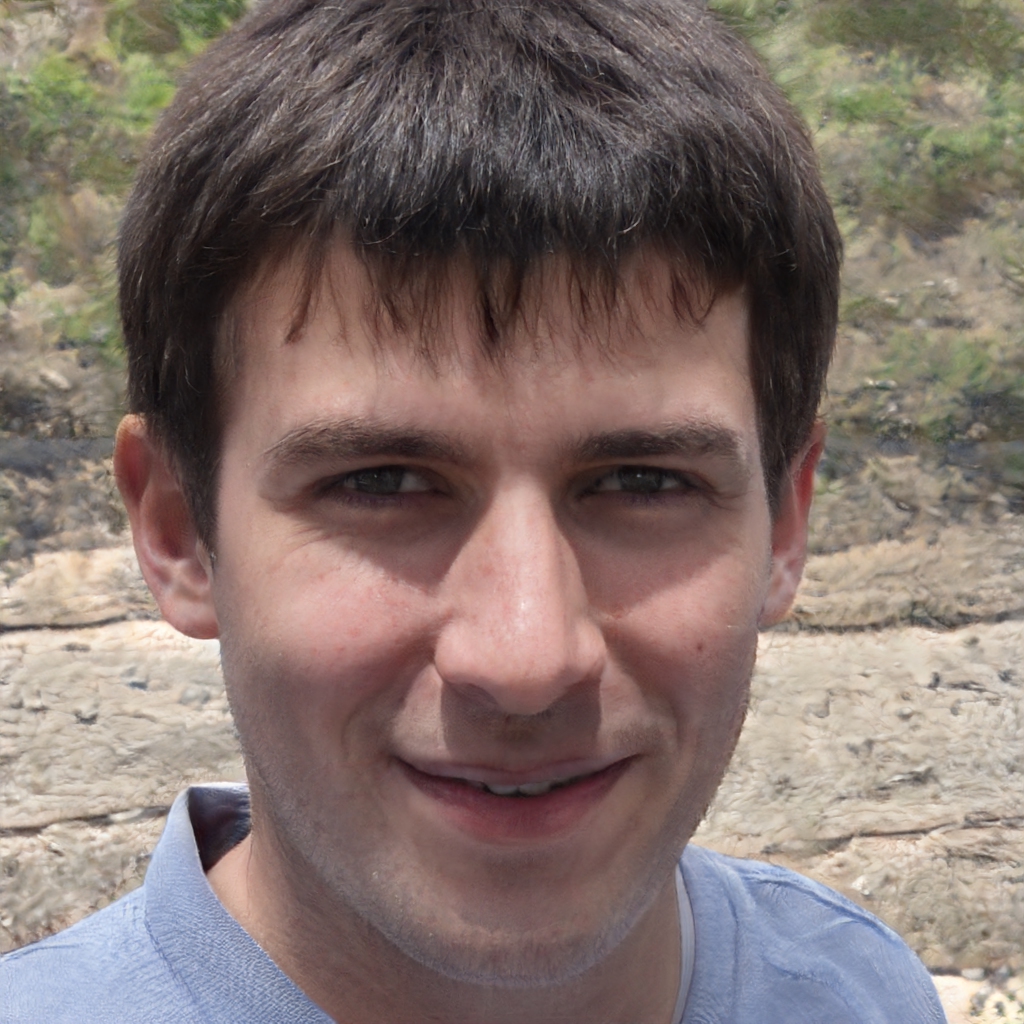How the Heckscher-Ohlin Model Works: Evidence and Real-World Example
What are the main assumptions of Heckscher-Ohlin's theory? There are a few key assumptions that are made in Heckscher-Ohlin's theory:
1. That there are only two factors of production (labor and capital), and that these factors are mobile between industries but not between countries.
2. That all countries have the same technology.
3. That there are no transportation costs.
4. That there are no barriers to trade.
These assumptions allow for a simplified model that can be used to analyze the impact of trade on different factors of production.
What are the four major components of Heckscher-Ohlin model?
1) The first component of the Heckscher-Ohlin model is the factor endowments of the two countries. This refers to the amount of land, labor, and capital within each country.
2) The second component is the relative factor prices. This looks at how the prices of land, labor, and capital vary between the two countries.
3) The third component is the technology available in each country. This looks at the different production methods and processes that are available in each country.
4) The fourth and final component is the preferences of the consumers in each country. This looks at how consumers in each country prefer to consume goods and services.
Does everyone gain from trade in the Heckscher-Ohlin model? In the Heckscher-Ohlin model, trade is beneficial for both countries because both countries can produce more of what they are good at and consume more of what they are bad at. However, there may be some distributional effects within each country, as some people may lose their jobs in the industries that are no longer competitive.
What is the main cause of international trade according to Heckscher-Ohlin?
Heckscher-Ohlin's main cause of international trade is the difference in the relative factors of production, specifically the availability of land, labor, and capital. This theory states that trade is based on the comparative advantage of each country, which is determined by the relative availability of these three factors. For example, if a country has more land than another, it will have a comparative advantage in agriculture, while if it has more labor, it will have a comparative advantage in manufacturing. What does the Heckscher-Ohlin theory predict about exports? The Heckscher-Ohlin theory predicts that a country will export the good that uses its abundant factor of production and import the good that uses its scarce factor of production.
